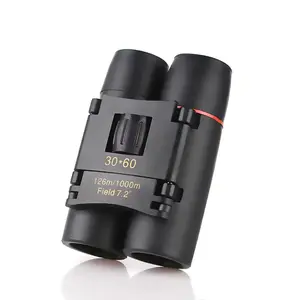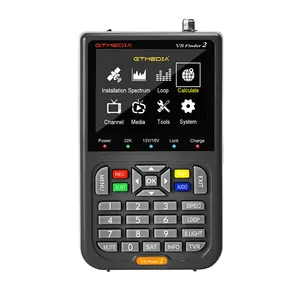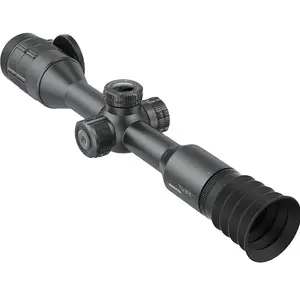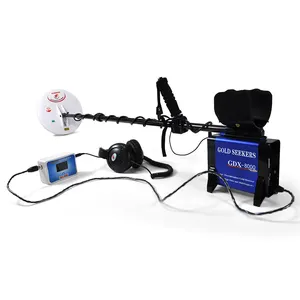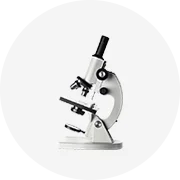
























































































상위 카테고리
고감도 co 검출기 정보
현대에 투자합니다. Alibaba.com의 고감도 co 검출기는 다양한 연구 설정에서 탄 소량 측정을 최적화하는 효과적인 방법입니다. 그들은 탄소 정량화에 대한 뚜렷한 요구를 해결하는 다양한 제조업체와 모델을 보유한 방대한 컬렉션으로 제공됩니다. 이를 통해 연구원 및 기타 이해 당사자가 가장 관련성이 높은 것을 발견 할 수 있습니다. 고감도 co 검출기를 자신의 분야에서 사용할 수 있습니다.
이러한 뛰어난 작업을 수행합니다. 고감도 co 검출기는 정확성을 높이는 최첨단 혁신으로 인해 사용자의 생산성을 높입니다. 이것은 그들의 연구 결과를 신뢰할 수있게 만들고 연구자들이 정보에 입각 한 의사 결정에 필수적입니다. 견고한 재료를 사용하여 제조되어 인상적으로 긴 수명 동안 일관된 우수한 성능 출력을 제공합니다. 직관적 인 사용을 위해 대부분은 사용자가 분석 결과를 직접 볼 수있는 LCD 디스플레이와 모니터를 통합합니다.
이렇게 훌륭합니다. Alibaba.com에 소개 된 고감도 co 검출기는 모든 규제 표준을 준수하는 신뢰할 수있는 제조업체 및 유통 업체에서 제공합니다. 이를 통해 모든 구매가 예상되는 성능 수준을 충족하는 최고 수준의 제품을 제공 할 수 있습니다. 대부분은 다른 지역에서 휴대 성과 사용을 촉진하는 작은 크기로 제공됩니다. 그러나 최상의 결과를 위해 특정 위치에서 활용하도록 설계된 더 큰 모델이 있습니다. 모든 구성 요소는 환경 보호를 촉진하는 쉽게 재활용 가능한 재료로 구성됩니다.
사용자가 가장 적합한 것을 선택할 때. Alibaba.com의 고감도 co 검출기 옵션을 사용하면 최고의 투자 수익을 얻을 수 있습니다. 이를 통해 예산 범위 내에서 분석 요구 사항을 처리 할 수 있습니다. 특히 대량 구매를위한 관대 한 할인 덕분에 재고를 늘리려는 도매 업체와 공급 업체에게 이상적입니다.
